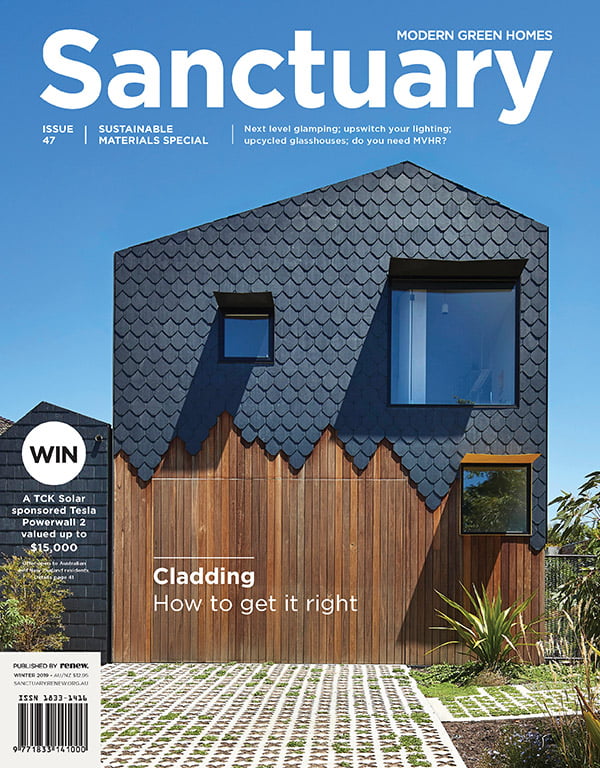Light saviours: ways to upswitch your lighting
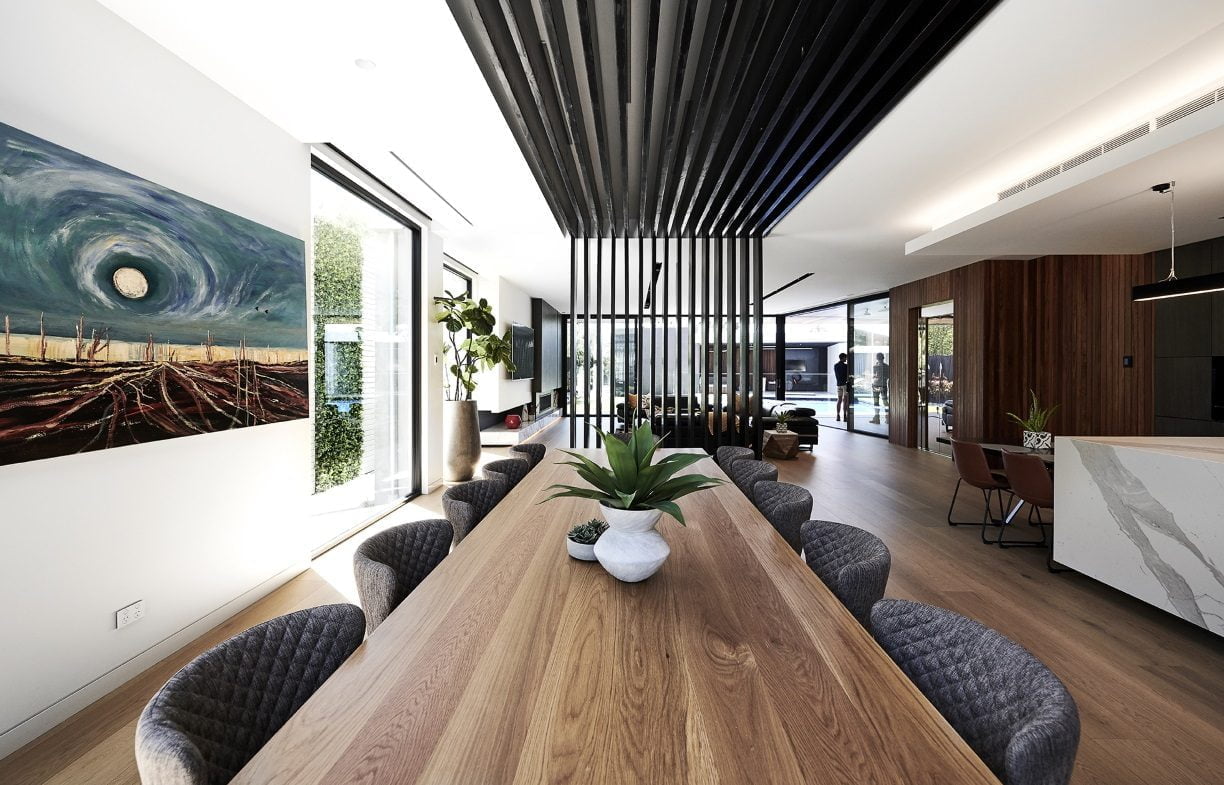
With so many lighting products to choose from, why are most homes – even sustainable ones – still so poorly lit? We ask three lighting luminaries for their advice on how to avoid the ‘she’ll be right’ status quo.
Lighting is given a surprising lack of attention in new home and renovation projects. Even at Sanctuary, where naturally lit energy-efficient houses feature on every page, we can struggle to glean project information beyond “LEDs used throughout”.
Why are so many people hands off when it comes to lighting their homes?
We consult three lighting experts, each from a different background, to gain their insights and advice on how to achieve more sustainable lighting design.
Adele Locke is one of the few residential lighting design specialists in Australia. “It didn’t matter who I was speaking to – colleagues or clients – or how experienced in light they were, people just didn’t know how to light a home,” she explains of how her company Mint Lighting came to be. We ask Adele to explain how best to light a home and avoid common pitfalls.
Answer: You really, really, don’t need light everywhere in your home – just where you specifically need it. This makes a room inviting and visually interesting and less like an office.
Too often lighting is treated like power points – just put in the base minimum and ‘she’ll be right’. And yet lighting has a huge impact on your comfort at home. The right lighting welcomes, helps you to relax and lets you complete mundane tasks with ease. The wrong lighting is glary, makes you squint, gives you headaches and casts shadows where you need to do work.
You’ll end up being sold something you’re not happy with if you don’t arm yourself with basic knowledge. At a bare minimum, you need to understand colour temperature, colour rendering and lumen output to be able to evaluate what you’re seeing in the stores. While almost everything is LEDs now, it still is inefficient if you have more than you need or you can’t control how many you’re turning on. There is a vast difference in LED quality and really downlights are lazy – perhaps cost effective for installers but expensive for homeowners.
Think about what you want to see. It’s the simplest question we ask – and yet sometimes the most difficult to answer. Once you work out what you want to see, then you know where your lighting needs to go, and that’s the basis for an informed evaluation of options to achieve your end result.
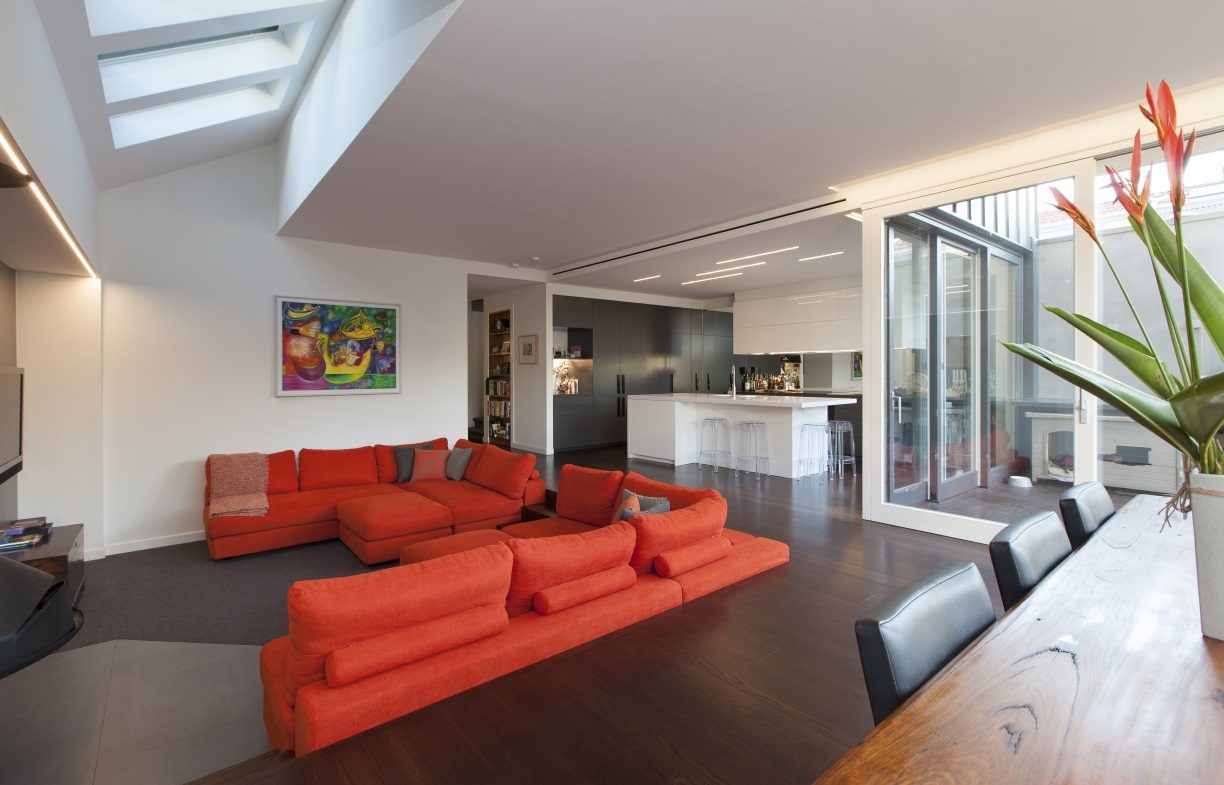
Antony DiMase is principal architect at DiMase Architects, a sustainable architectural firm in Melbourne. He has a Masters in Lighting and a keen interest in daylight design in the built environment. “My approach is never to consider lighting in isolation – but rather to see lighting as an integral part of the spaces we wish to create,” he says. We ask him to explain the importance of lighting in buildings, and how we can achieve a more sustainable result.
Answer: Unfortunately, lighting in the residential sector has gone backwards in recent times. I think we are seeing many residential spaces become over-lit or badly lit as a result of poor access to information. Residential lighting rarely has a lighting designer involved in the outcome – so choices are not necessarily being made with lighting effects or efficiency in mind. This is a problem and I think the solution is (in the first instance) to get back to basics and consider electric lighting as providing a supplementary function to daylight.
Living environments need different levels of light in different places at different times. Electric lighting can be a creative medium to express ideas and feelings. For example, kitchens need good bright lighting, whereas mood lighting is more appropriate to bedrooms. Controllable lighting levels allow us to adapt to the occasion – whether it’s a party or checking on a small child late at night.
LED technology has changed lighting, but in our rush to embrace its possibilities we run the risk of forgetting that a watt of energy is a watt of energy. Too much lighting is inefficient lighting. Choosing good fittings is absolutely essential to a good solution. The best fittings often come with a higher price tag – but they are built to last and the light quality and colour rendering is usually superior. A well-designed light is worth the investment.
Remember, keep lighting simple so that you can enjoy the space you’ve created – not the light show.
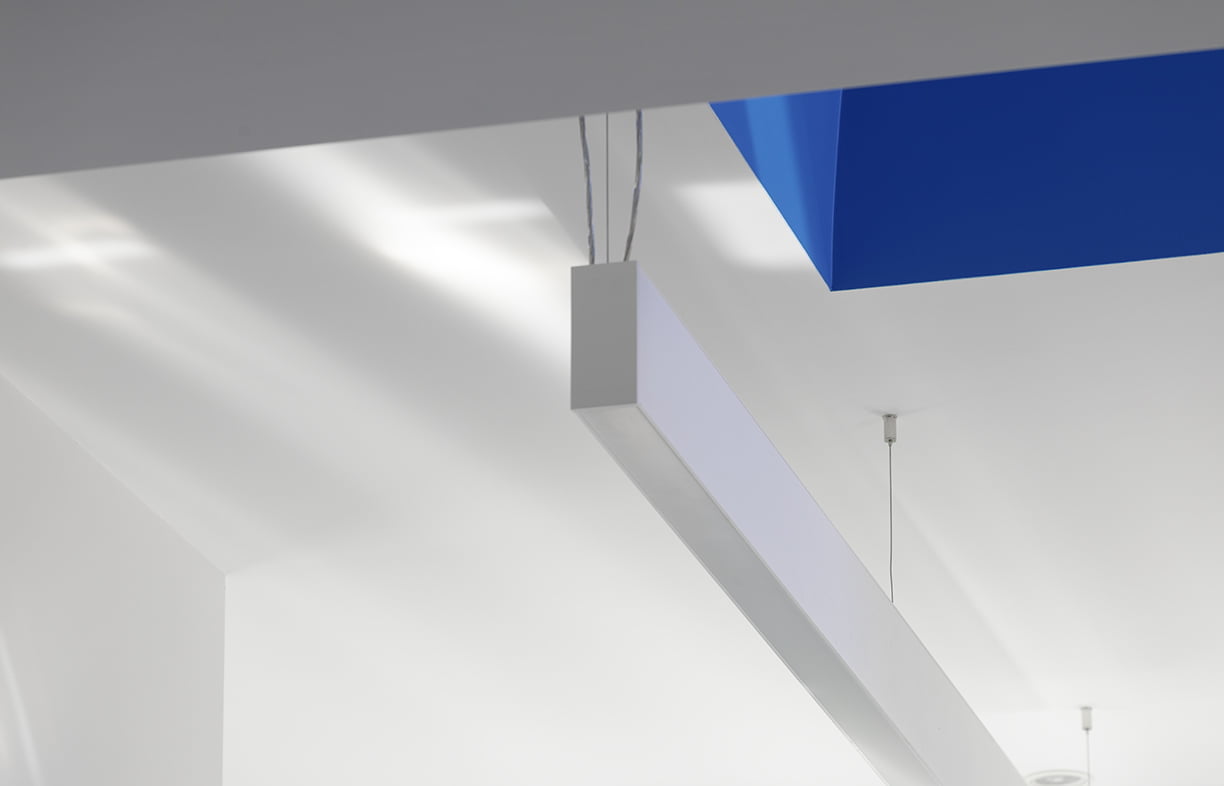
Michael Hanley – aka Mister Upswitch – is a craftsman who brings forgotten objects back to life by transforming them into lamps and lighting. “Good lighting design will add visual finesse and minimise energy consumption,” says Michael. We ask him to discuss quality and the ways feature lighting is used to personalise a home.
Answer: The initial importance that lighting holds for residents is its ability to allow everyday tasks to be carried out with ease and efficiency. Each room or space of a home has its associated tasks that will require varying amounts and types of lighting.
While LEDs can be extremely versatile and energy efficient, they can lead people to feel content leaving every light in the house turned on, which is generally not how people will respond when lighting is well-designed.
The main issue with many off-the-shelf lamps is the use of low-grade parts and materials. These days, there seems to be a general acceptance that in two to three years of regular use, something will break or stop working all together – and the manufacturer won’t fix or replace it.
In contrast, the use of upcycled or reclaimed materials reflects a sentiment that people don’t want everything to be shiny, new and throwaway. As more people become aware of the impacts that mass manufacturing is having on our environment, value is placed on handmade and the use of reclaimed materials.
A good example of this is our microscope lamps, made using a genuine brass microscope that might be from early 1900s. Using all solid brass parts and high-end electrical components, the aim is to bring the same level of detail and quality as when the microscopes were originally made.
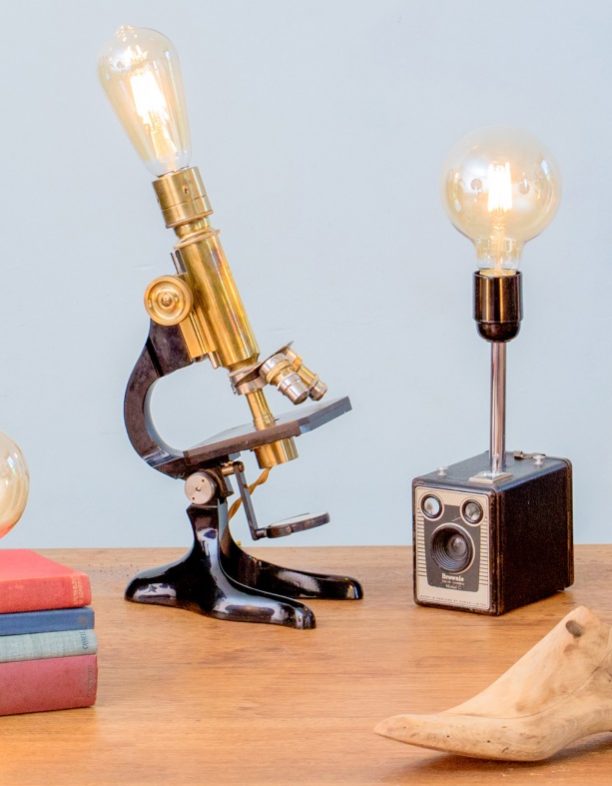

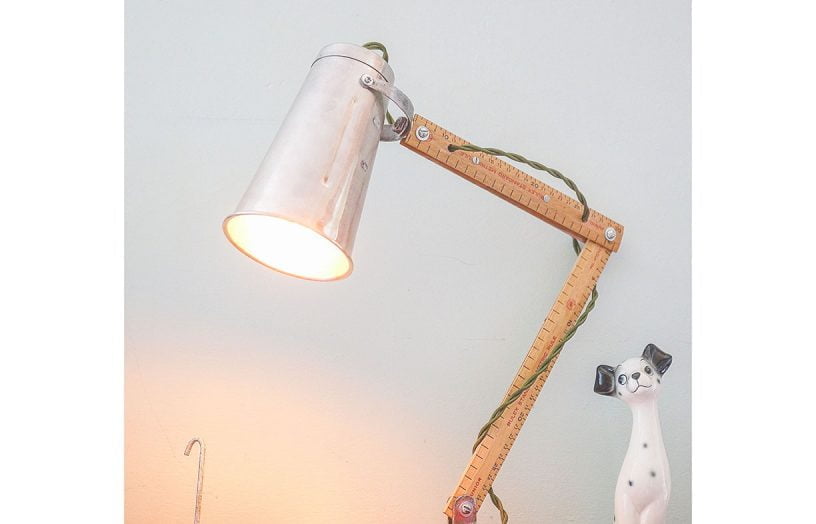
Sanctuary 33: ‘Home lighting design’ by Megan Norgate.
You might also like:
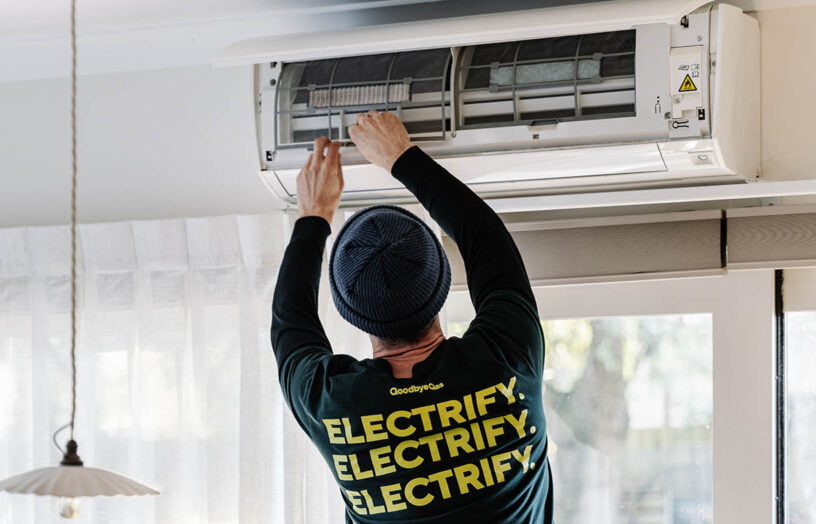 Ideas & Advice
Ideas & Advice
All together now: One-stop shops for energy upgrades
If you want to do a home energy upgrade, it can be hard to know where to start. One-stop shops offer advice, information and referrals all in one place; we take a look at what they’re all about.
Read more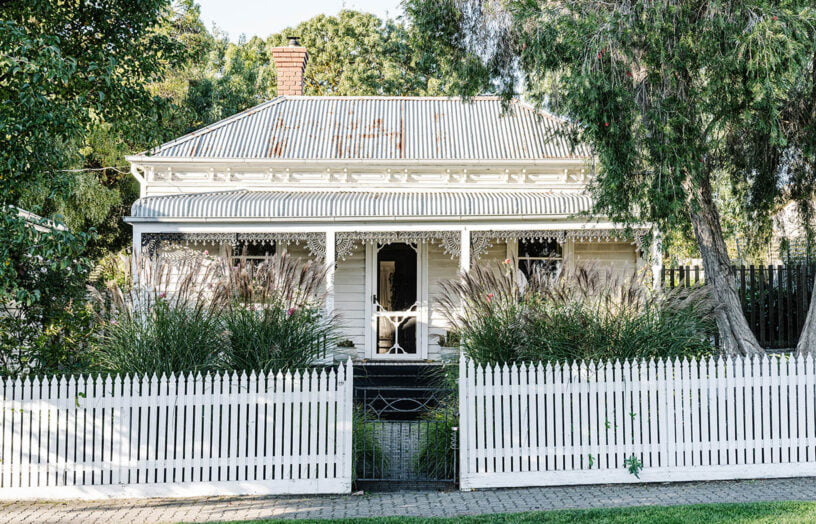 Ideas & Advice
Ideas & Advice
Case study: 130-year-old cottage goes modern electric
Not sure where to start on the electrification journey? Working with a one-stop shop can help streamline the conversion from a gas to an electric home, as Marnie and Ryan discovered.
Read more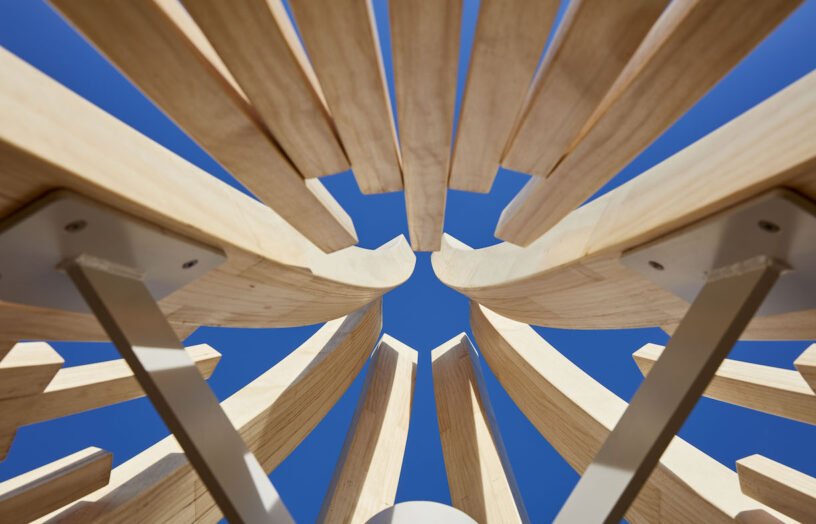 Ideas & Advice
Ideas & Advice
In praise of Accoya
Native hardwoods are beautiful, strong and durable, but we need to wean ourselves off destructive forestry practices. Building designer and recreational woodworker Dick Clarke takes one hardwood alternative for a test run.
Read more

